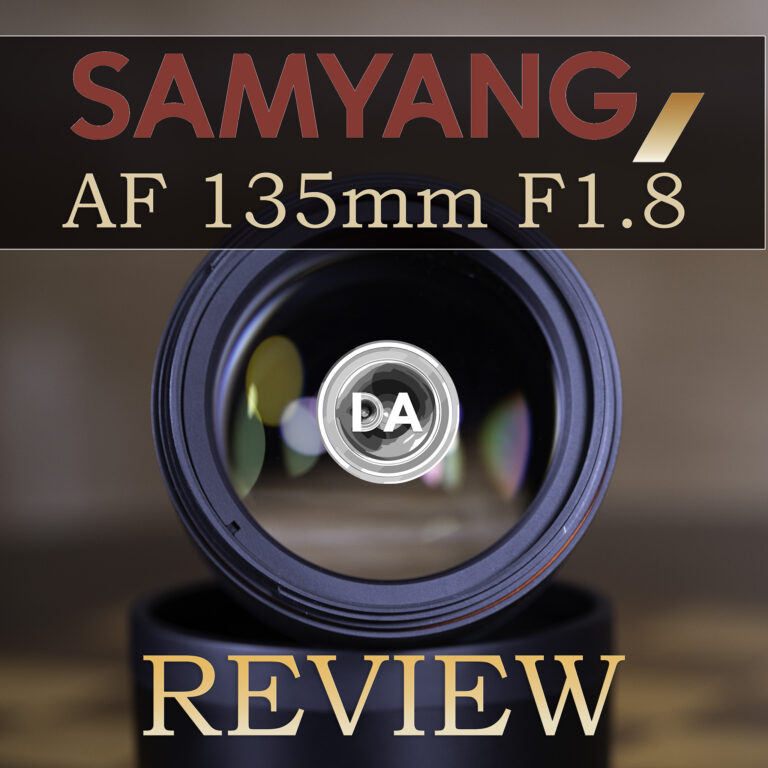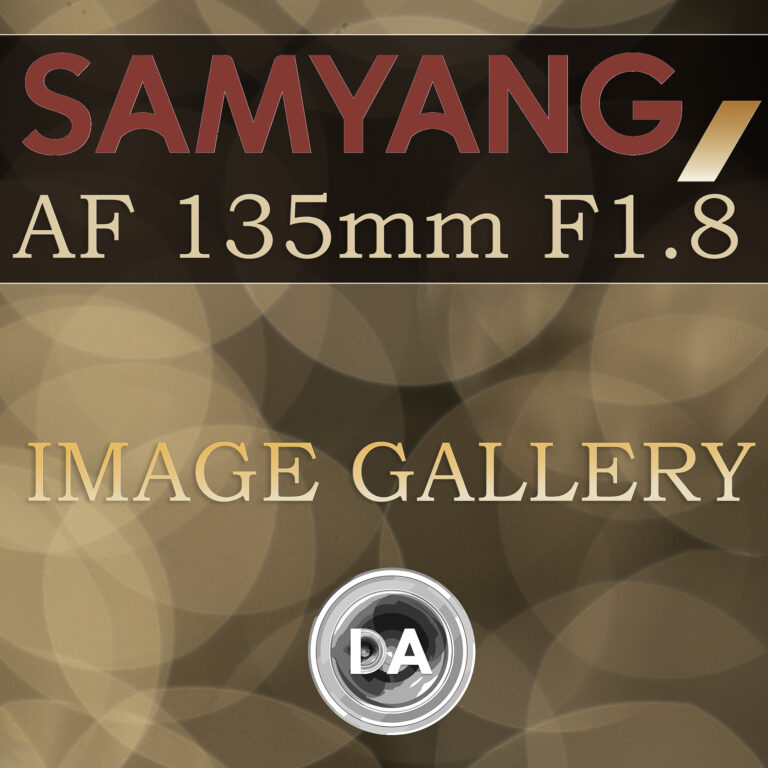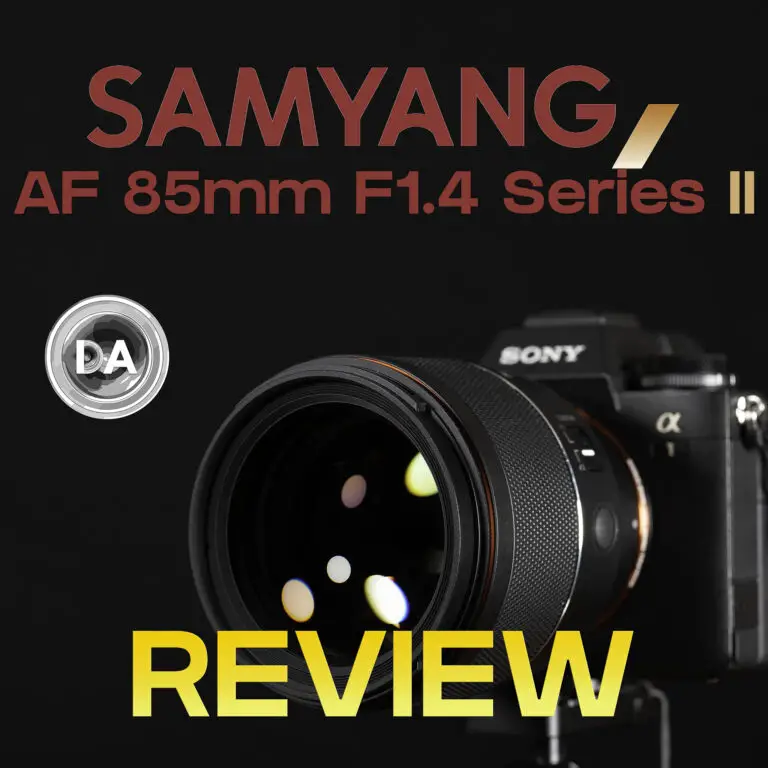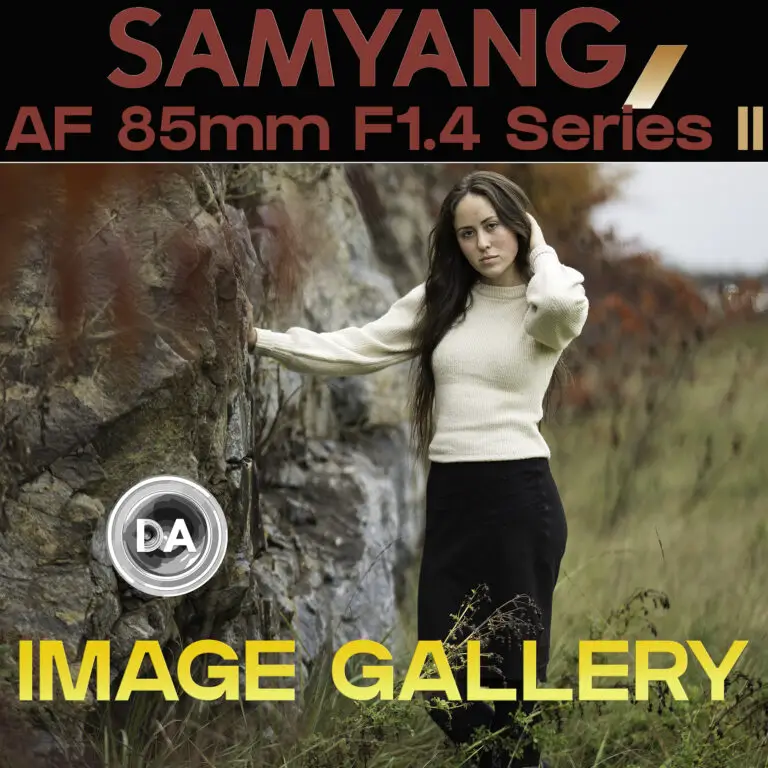Samyang (Rokinon) AF 135mm F1.8 Review

I’ve noted that I’ve really enjoyed testing recent Samyang lenses because of their great mix of performance and price, but I don’t think that I’ve anticipated any Samyang lens as much as the new Samyang AF 135mm F1.8. I was…



